Fresh cashew fruit, scientifically known as Anacardium occidentale, is a vibrant and exotic tropical fruit that is highly prized for its unique flavor and rich nutritional content. Often overshadowed by its more famous counterpart, the cashew nut, the fruit of the cashew tree offers a delectable balance of sweetness and tartness that tantalizes the taste buds. In this article, we will explore the various aspects of fresh cashew fruit, including its origins, physical characteristics, nutritional value, health benefits, culinary uses, and global significance. 1. Origins and Physical Characteristics: The cashew tree is native to the tropical regions of Brazil, but it is now cultivated in many parts of the world with suitable climatic conditions. The tree thrives in warm, humid environments and is often found along the coasts of countries such as India, Vietnam, Nigeria, and Ivory Coast. The cashew fruit itself grows on the tree in clusters, similar to other tropical fruits like mangoes or pineapples. It is pear-shaped, with a thin, smooth skin that ranges in color from yellow to red when fully ripe. The fruit typically measures around 5-7 centimeters in length and contains a single seed, which is the cashew nut. 2. Nutritional Value: Fresh cashew fruit provides a host of valuable nutrients that contribute to its overall health benefits. It is an excellent source of vitamins, including vitamin C, vitamin E, and various B vitamins such as thiamin and riboflavin. It is also rich in essential minerals like potassium, magnesium, and phosphorus. Furthermore, fresh cashew fruit is low in fat and calories, making it a healthy option for those watching their weight. 3. Health Benefits: Consuming fresh cashew fruit can have numerous positive effects on overall health and well-being. Some of the key health benefits associated with this tropical fruit include: – Antioxidant properties: Fresh cashew fruit contains antioxidants that help protect the body against damage caused by free radicals.

nuts
 These compounds play a crucial role in reducing the risk of chronic diseases such as heart disease, certain cancers, and age-related macular degeneration. – Boosts immune system: The vitamin C content in cashew fruit helps strengthen the immune system and enhances the body’s defense against infections and diseases. – Digestive health: The fiber content in fresh cashew fruit promotes healthy digestion, prevents constipation, and aids in maintaining a healthy gut. – Skin and eye health: The presence of vitamins C and E in fresh cashew fruit supports healthy skin by promoting collagen production and protecting against sun damage. Moreover, the fruit’s antioxidant properties may help prevent age-related macular degeneration and cataracts. 4. Culinary Uses: Fresh cashew fruit is a versatile ingredient that can be utilized in various culinary preparations. Due to its tangy and mildly sweet flavor, it is commonly used in the preparation of fruit juices, smoothies, jams, and jellies. In some cuisines, the fruit is also incorporated into savory dishes, providing a unique twist in flavor profiles. The juice extracted from the fruit is a popular beverage choice, either consumed fresh or processed into refreshing drinks. Additionally, cashew fruit is used as a natural source of sweetness in desserts and confectionery items. 5. Economic Significance: The cashew tree not only offers the highly sought-after cashew nut but also a valuable byproduct in the form of fresh cashew fruit. The popularity of cashews and cashew-related products has led to the cultivation of cashew trees in various countries, making it a significant contributor to their local economies. Cashew fruit is not only consumed domestically but is also exported to different parts of the world, creating additional revenue streams. With its high demand and wide range of culinary applications, fresh cashew fruit plays a vital role in the agricultural and processed food sectors. Conclusion: Fresh cashew fruit, often overshadowed by its more famous counterpart, the cashew nut, deserves recognition for its unique taste, nutritional value, and versatile uses. Rich in essential vitamins, minerals, and antioxidants, this tropical fruit offers numerous health benefits, including improved immune function, better digestive health, and enhanced skin and eye health. Its versatile culinary applications make it a valuable ingredient in various cuisines worldwide. Furthermore, the economic significance of fresh cashew fruit cannot be overlooked, as it contributes significantly to the agricultural economies of many countries. So, next time you come across fresh cashew fruit, embrace its vibrant flavors and reap the multitude of benefits it offers. The demand for fresh cashew fruit has been steadily increasing in recent years due to its unique flavor and health benefits. As consumers become more health-conscious, there is a growing interest in exploring exotic fruits with nutritional value. This has led to an expansion in the market for fresh cashew fruit, as it is now being imported and sold in various parts of the world. Moreover, the tropical fruit industry has witnessed a surge in popularity, with a focus on sustainability and fair trade practices. This presents opportunities for growers and exporters to tap into this niche market and capitalize on the rising consumer demand.
These compounds play a crucial role in reducing the risk of chronic diseases such as heart disease, certain cancers, and age-related macular degeneration. – Boosts immune system: The vitamin C content in cashew fruit helps strengthen the immune system and enhances the body’s defense against infections and diseases. – Digestive health: The fiber content in fresh cashew fruit promotes healthy digestion, prevents constipation, and aids in maintaining a healthy gut. – Skin and eye health: The presence of vitamins C and E in fresh cashew fruit supports healthy skin by promoting collagen production and protecting against sun damage. Moreover, the fruit’s antioxidant properties may help prevent age-related macular degeneration and cataracts. 4. Culinary Uses: Fresh cashew fruit is a versatile ingredient that can be utilized in various culinary preparations. Due to its tangy and mildly sweet flavor, it is commonly used in the preparation of fruit juices, smoothies, jams, and jellies. In some cuisines, the fruit is also incorporated into savory dishes, providing a unique twist in flavor profiles. The juice extracted from the fruit is a popular beverage choice, either consumed fresh or processed into refreshing drinks. Additionally, cashew fruit is used as a natural source of sweetness in desserts and confectionery items. 5. Economic Significance: The cashew tree not only offers the highly sought-after cashew nut but also a valuable byproduct in the form of fresh cashew fruit. The popularity of cashews and cashew-related products has led to the cultivation of cashew trees in various countries, making it a significant contributor to their local economies. Cashew fruit is not only consumed domestically but is also exported to different parts of the world, creating additional revenue streams. With its high demand and wide range of culinary applications, fresh cashew fruit plays a vital role in the agricultural and processed food sectors. Conclusion: Fresh cashew fruit, often overshadowed by its more famous counterpart, the cashew nut, deserves recognition for its unique taste, nutritional value, and versatile uses. Rich in essential vitamins, minerals, and antioxidants, this tropical fruit offers numerous health benefits, including improved immune function, better digestive health, and enhanced skin and eye health. Its versatile culinary applications make it a valuable ingredient in various cuisines worldwide. Furthermore, the economic significance of fresh cashew fruit cannot be overlooked, as it contributes significantly to the agricultural economies of many countries. So, next time you come across fresh cashew fruit, embrace its vibrant flavors and reap the multitude of benefits it offers. The demand for fresh cashew fruit has been steadily increasing in recent years due to its unique flavor and health benefits. As consumers become more health-conscious, there is a growing interest in exploring exotic fruits with nutritional value. This has led to an expansion in the market for fresh cashew fruit, as it is now being imported and sold in various parts of the world. Moreover, the tropical fruit industry has witnessed a surge in popularity, with a focus on sustainability and fair trade practices. This presents opportunities for growers and exporters to tap into this niche market and capitalize on the rising consumer demand.
Specifications of nuts
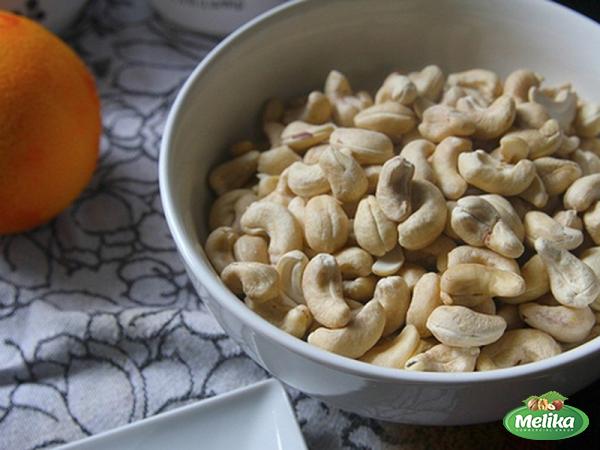 2. Cultivation and Production: Cashew trees require specific growing conditions, such as a warm climate, well-drained soil, and a moderate amount of rainfall. Countries like India, Vietnam, and Nigeria have emerged as major producers of fresh cashew fruit, owing to their favorable weather conditions. The cultivation process involves planting cashew seeds, nurturing the trees for a few years before they bear fruit, and implementing proper harvesting techniques. Growers must also pay attention to post-harvest handling and storage methods to ensure the fruit remains fresh and retains its nutritional value. 3. Export Opportunities: Fresh cashew fruit provides a significant export opportunity for countries with suitable cultivation conditions. The fruit’s long shelf life makes it suitable for international transportation, allowing it to reach markets in a fresh and desirable condition. Many cashew-producing countries have been able to establish strong trade relationships and export networks, supplying fresh cashew fruit to countries where tropical fruits are in high demand. The export market for fresh cashew fruit is expected to continue growing, offering lucrative opportunities for farmers and exporters alike. 4. Processing and Value-Added Products: While fresh cashew fruit has gained popularity in its natural form, there is also potential for value addition through processing. The fruit can be processed into various products such as juices, jams, sauces, and preserves. This not only extends the shelf life of the fruit but also offers convenience to consumers who prefer ready-to-consume options. Additionally, by processing cashew fruit into value-added products, growers can tap into new markets and increase their profitability. 5. Health and Wellness Industry: Fresh cashew fruit’s nutritional content and health benefits align well with the growing health and wellness industry. With an increasing focus on natural and functional foods, cashew fruit is an attractive ingredient for health-conscious consumers. It can be incorporated into products like smoothies, snacks, and dietary supplements, providing a nutrient-rich addition. The health and wellness industry presents exciting possibilities for cashew fruit producers to collaborate with manufacturers and capitalize on the health market segment. 6. Culinary Innovation and Fusion: The culinary world is always seeking new flavors and ingredients to captivate the taste buds of consumers. Fresh cashew fruit offers a unique flavor profile that can be a delightful addition to both traditional and modern cuisine. Chefs and food enthusiasts have embraced the challenge of incorporating cashew fruit into innovative recipes, fusing it with other tropical fruits, seafood, salads, and even meat dishes. Its versatility provides opportunities for collaborations between chefs and cashew fruit suppliers to create distinctive culinary experiences.
2. Cultivation and Production: Cashew trees require specific growing conditions, such as a warm climate, well-drained soil, and a moderate amount of rainfall. Countries like India, Vietnam, and Nigeria have emerged as major producers of fresh cashew fruit, owing to their favorable weather conditions. The cultivation process involves planting cashew seeds, nurturing the trees for a few years before they bear fruit, and implementing proper harvesting techniques. Growers must also pay attention to post-harvest handling and storage methods to ensure the fruit remains fresh and retains its nutritional value. 3. Export Opportunities: Fresh cashew fruit provides a significant export opportunity for countries with suitable cultivation conditions. The fruit’s long shelf life makes it suitable for international transportation, allowing it to reach markets in a fresh and desirable condition. Many cashew-producing countries have been able to establish strong trade relationships and export networks, supplying fresh cashew fruit to countries where tropical fruits are in high demand. The export market for fresh cashew fruit is expected to continue growing, offering lucrative opportunities for farmers and exporters alike. 4. Processing and Value-Added Products: While fresh cashew fruit has gained popularity in its natural form, there is also potential for value addition through processing. The fruit can be processed into various products such as juices, jams, sauces, and preserves. This not only extends the shelf life of the fruit but also offers convenience to consumers who prefer ready-to-consume options. Additionally, by processing cashew fruit into value-added products, growers can tap into new markets and increase their profitability. 5. Health and Wellness Industry: Fresh cashew fruit’s nutritional content and health benefits align well with the growing health and wellness industry. With an increasing focus on natural and functional foods, cashew fruit is an attractive ingredient for health-conscious consumers. It can be incorporated into products like smoothies, snacks, and dietary supplements, providing a nutrient-rich addition. The health and wellness industry presents exciting possibilities for cashew fruit producers to collaborate with manufacturers and capitalize on the health market segment. 6. Culinary Innovation and Fusion: The culinary world is always seeking new flavors and ingredients to captivate the taste buds of consumers. Fresh cashew fruit offers a unique flavor profile that can be a delightful addition to both traditional and modern cuisine. Chefs and food enthusiasts have embraced the challenge of incorporating cashew fruit into innovative recipes, fusing it with other tropical fruits, seafood, salads, and even meat dishes. Its versatility provides opportunities for collaborations between chefs and cashew fruit suppliers to create distinctive culinary experiences.
buy nuts
 7. Farm-to-Table and Sustainable Sourcing: The farm-to-table movement has gained significant traction in recent years, with consumers increasingly conscious of the journey their food takes from the farm to their plates. Fresh cashew fruit fits well within this ethos, as it can be sourced directly from cashew farms and brought to consumers with minimum processing. This emphasizes transparency, supports local agriculture, and reduces the carbon footprint associated with long supply chains. By highlighting the sustainable sourcing practices and traceability of fresh cashew fruit, businesses can appeal to environmentally-conscious consumers. 8. Tourism and Unique Experiences: Cashew fruit presents an opportunity for businesses in the tourism industry to offer unique experiences to travelers. Cashew farms and orchards can be transformed into eco-tourism destinations where visitors can not only sample fresh cashew fruit but also engage in activities such as harvesting, learning about cultivation techniques, and participating in cooking classes using cashew fruit as a key ingredient. Such experiences create memorable connections between consumers and the product, fostering brand loyalty and encouraging word-of-mouth recommendations. 9. Research and Development: The cashew fruit industry holds potential for ongoing research and development initiatives. This includes exploring different varieties of cashew fruit, understanding their genetic properties, and improving cultivation techniques to increase yields and enhance fruit quality. Furthermore, research can focus on discovering new compounds or bioactive substances in cashew fruit that may have potential health benefits, opening doors for nutraceutical and pharmaceutical applications. 10. Collaboration and Partnerships: In order to maximize the potential of fresh cashew fruit, collaboration and partnerships among various stakeholders are essential. This can involve collaboration between cashew growers, exporters, processors, researchers, and marketers. By pooling resources, expertise, and knowledge, businesses can develop targeted marketing strategies, improve quality control measures, and explore product innovation. Collaboration can also extend to exploring international trade agreements and partnerships to expand the global reach of fresh cashew fruit. Conclusion: Fresh cashew fruit presents a world of opportunities for businesses and entrepreneurs across the globe. With its unique flavor, nutritional value, and versatile applications, this tropical delight holds promise within the culinary, health, and tourism industries. By recognizing the growing market trends, embracing sustainable practices, exploring value-added products, and fostering collaborations, businesses can tap into the thriving market for fresh cashew fruit and bring this tropical gem to consumers worldwide.
7. Farm-to-Table and Sustainable Sourcing: The farm-to-table movement has gained significant traction in recent years, with consumers increasingly conscious of the journey their food takes from the farm to their plates. Fresh cashew fruit fits well within this ethos, as it can be sourced directly from cashew farms and brought to consumers with minimum processing. This emphasizes transparency, supports local agriculture, and reduces the carbon footprint associated with long supply chains. By highlighting the sustainable sourcing practices and traceability of fresh cashew fruit, businesses can appeal to environmentally-conscious consumers. 8. Tourism and Unique Experiences: Cashew fruit presents an opportunity for businesses in the tourism industry to offer unique experiences to travelers. Cashew farms and orchards can be transformed into eco-tourism destinations where visitors can not only sample fresh cashew fruit but also engage in activities such as harvesting, learning about cultivation techniques, and participating in cooking classes using cashew fruit as a key ingredient. Such experiences create memorable connections between consumers and the product, fostering brand loyalty and encouraging word-of-mouth recommendations. 9. Research and Development: The cashew fruit industry holds potential for ongoing research and development initiatives. This includes exploring different varieties of cashew fruit, understanding their genetic properties, and improving cultivation techniques to increase yields and enhance fruit quality. Furthermore, research can focus on discovering new compounds or bioactive substances in cashew fruit that may have potential health benefits, opening doors for nutraceutical and pharmaceutical applications. 10. Collaboration and Partnerships: In order to maximize the potential of fresh cashew fruit, collaboration and partnerships among various stakeholders are essential. This can involve collaboration between cashew growers, exporters, processors, researchers, and marketers. By pooling resources, expertise, and knowledge, businesses can develop targeted marketing strategies, improve quality control measures, and explore product innovation. Collaboration can also extend to exploring international trade agreements and partnerships to expand the global reach of fresh cashew fruit. Conclusion: Fresh cashew fruit presents a world of opportunities for businesses and entrepreneurs across the globe. With its unique flavor, nutritional value, and versatile applications, this tropical delight holds promise within the culinary, health, and tourism industries. By recognizing the growing market trends, embracing sustainable practices, exploring value-added products, and fostering collaborations, businesses can tap into the thriving market for fresh cashew fruit and bring this tropical gem to consumers worldwide.

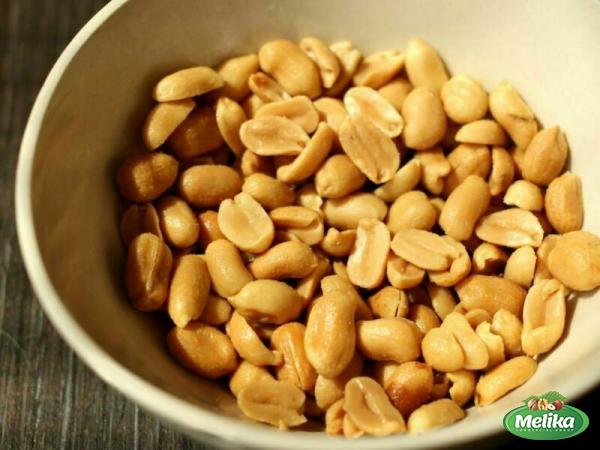
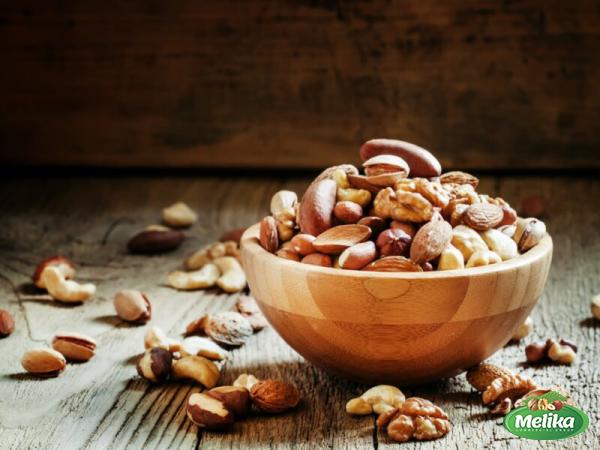
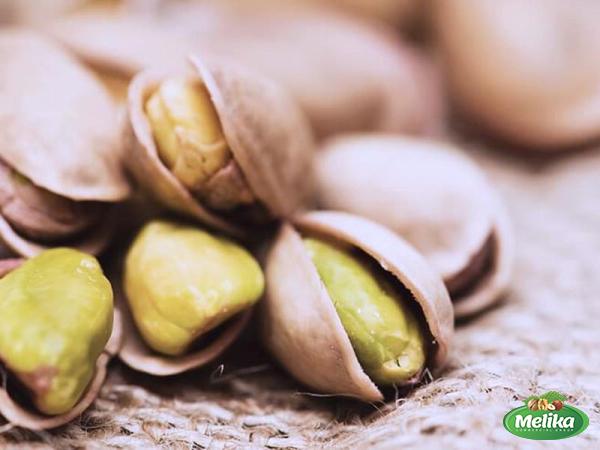
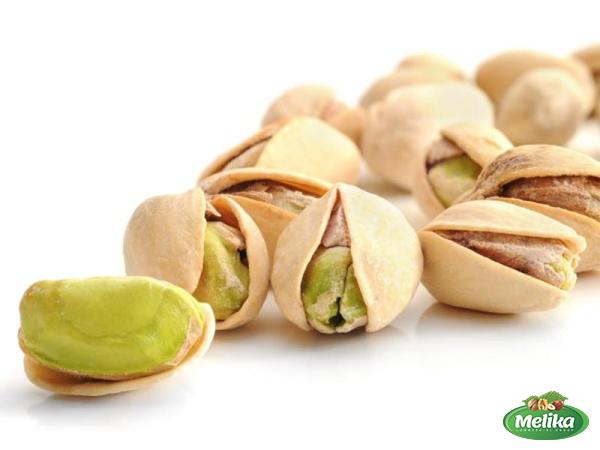

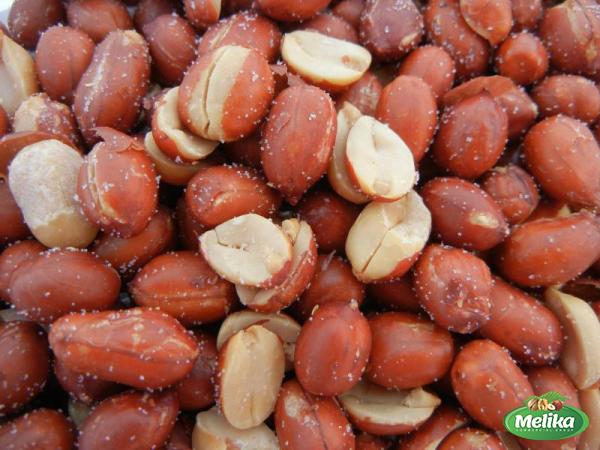

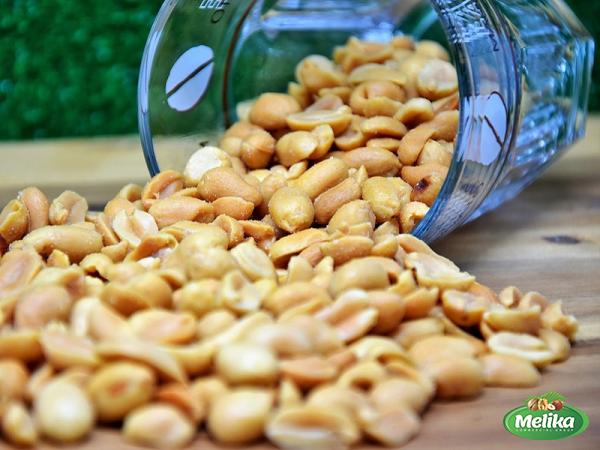
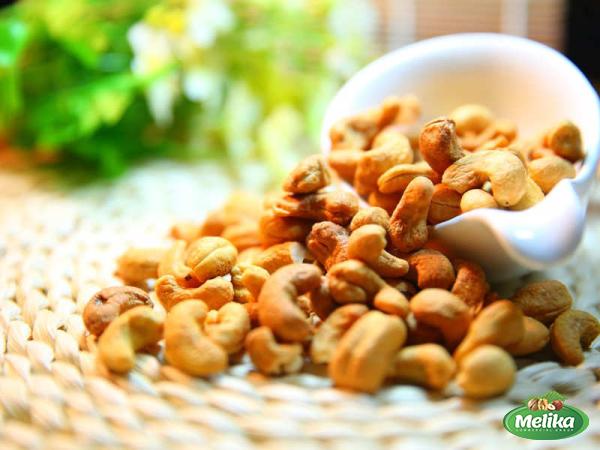
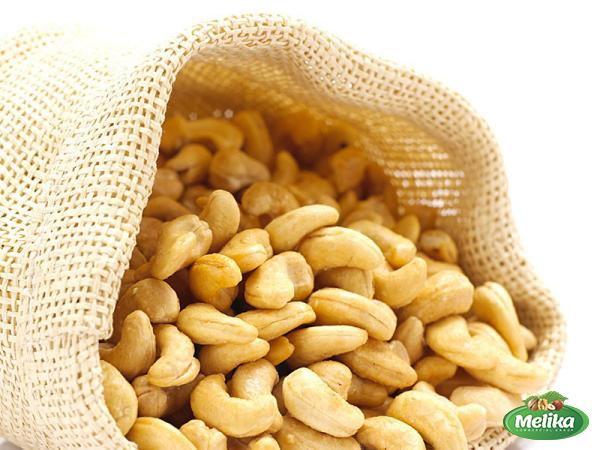
Your comment submitted.